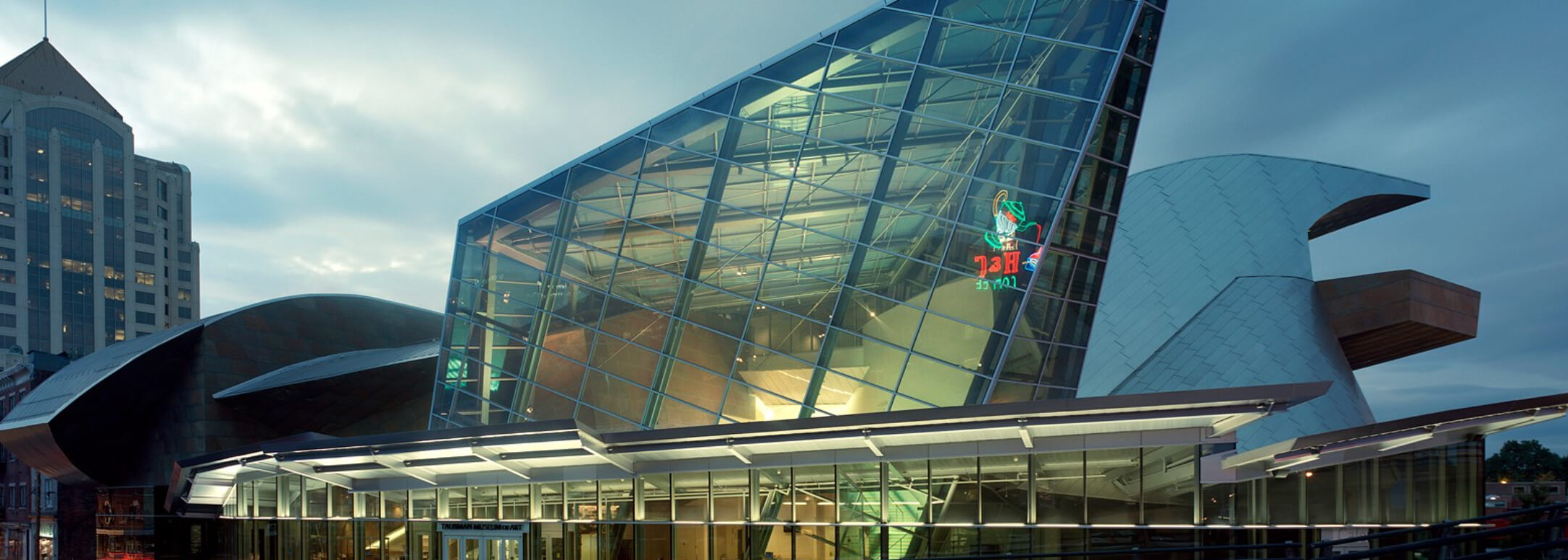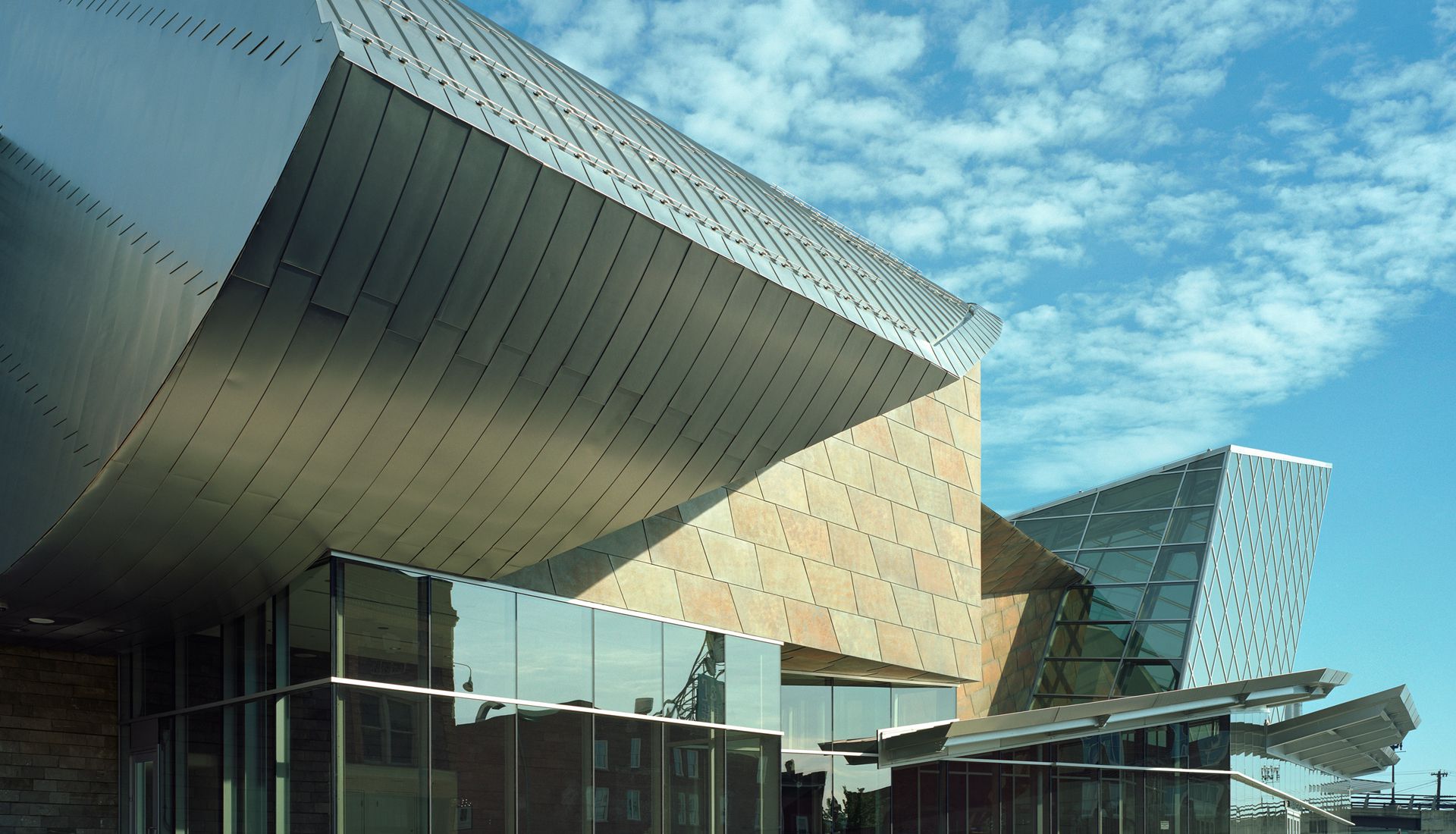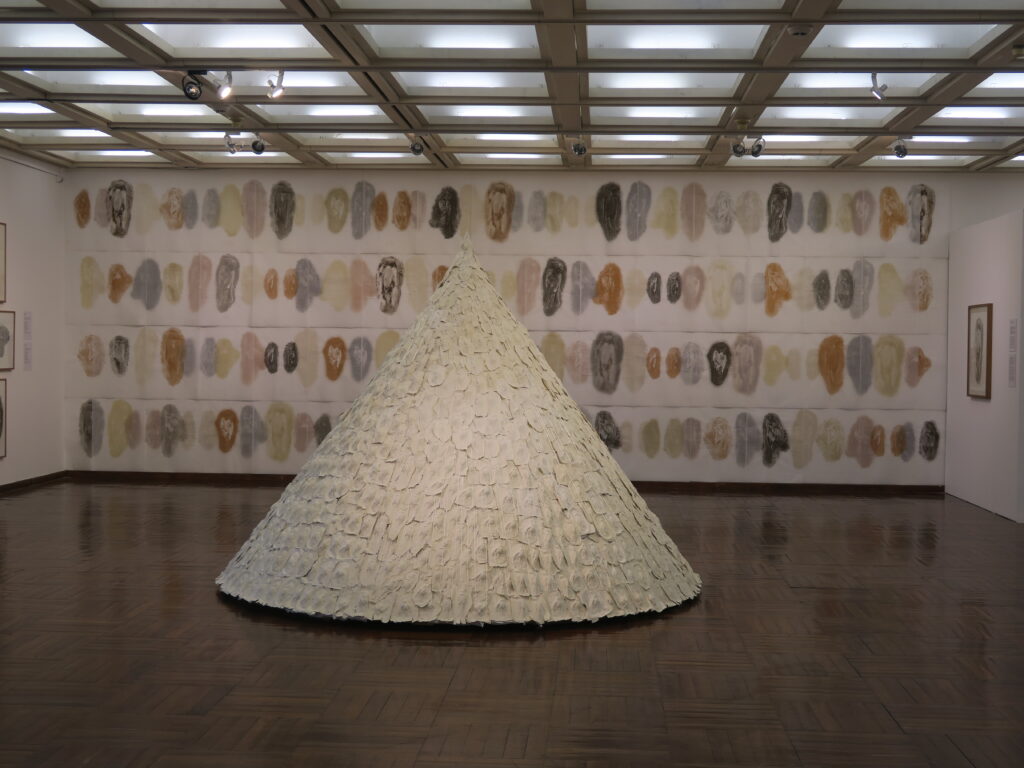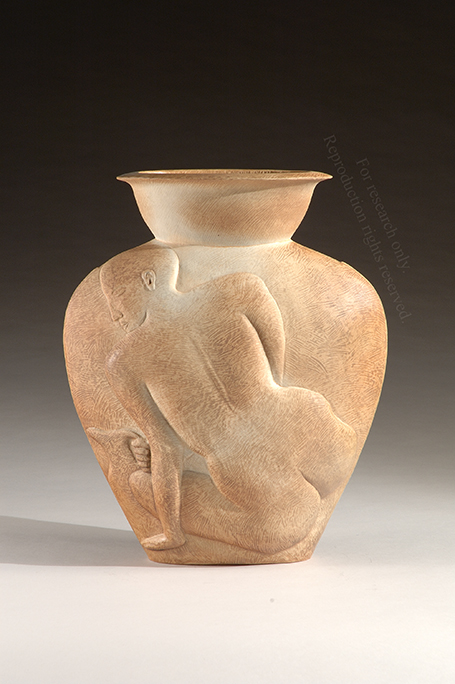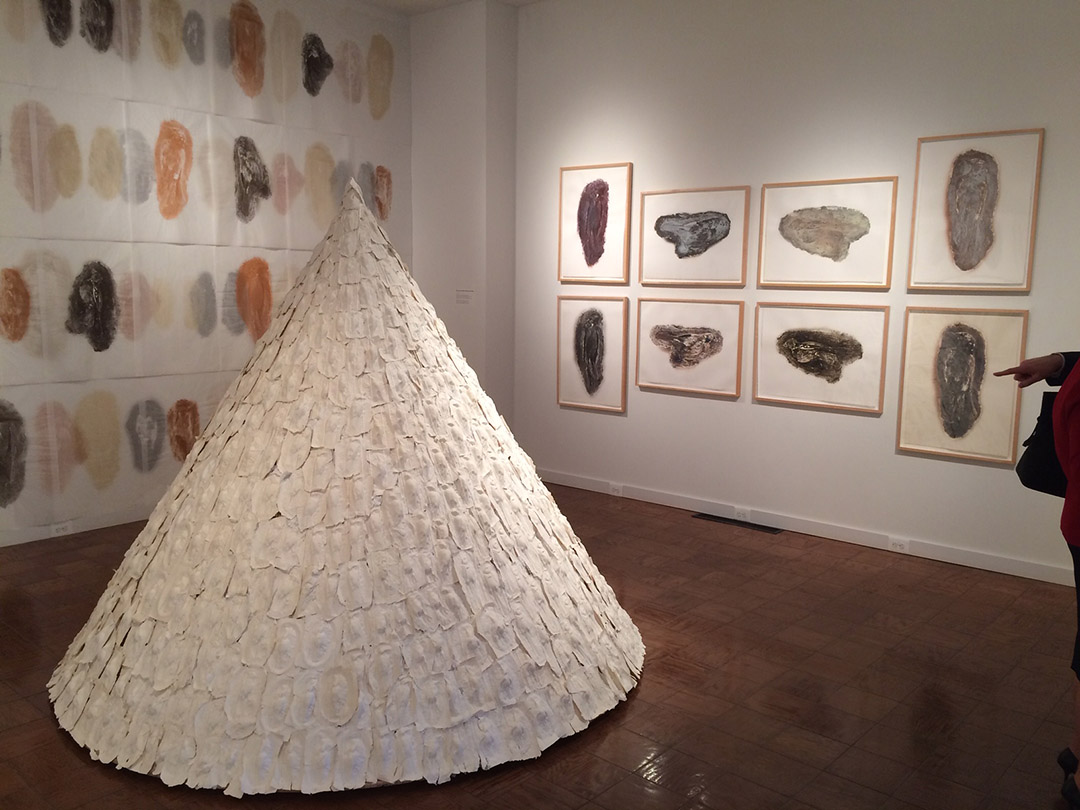Exhibition features 30 significant works on view together for first time ever by renowned artists such as John Singer Sargent and Frederick Childe Hassam
ROANOKE, Va. (Feb. 1, 2017) — The Taubman Museum of Art is pleased to present American Impressionism in the Garden, a special ticketed exhibition featuring significant paintings and sculptures by renowned American artists who celebrated gardens as a compelling subject during an era of vibrant gardening culture. On view for the first time together, these works by artists such as John Singer Sargent and Frederick Childe Hassam explore the tremendous impact of the Impressionist art movement (1880-1910) on American artists at the turn of the 19th century.
The exhibition is on view Feb. 19-May 14, 2017, with a member preview day Feb. 18. Tickets are available at TaubmanMuseum.org/Impressionism or by calling 540.342.5760. Member tickets are free. For those who are not members, exhibition tickets for adults (18 and older) are $8; college students and seniors (65 and older) are $6; and youth (17 and under) are free.
Organized by the New York Botanical Garden, American Impressionism in the Garden includes several new loans of art selected by the Taubman Museum of Art. The exhibition includes works of art from major institutions across the United States, including the Metropolitan Museum of Art in New York, N.Y., Crystal Bridges Museum of American Art in Bentonville, Ark., and Chrysler Museum of Art in Norfolk, Va., among others.
During the late 19th century, many American Impressionist artists studied alongside their French counterparts in Paris and Giverny to capture light’s fleeting effects by painting en plein air, meaning outside and not in a studio. Back in the United States, they distinguished themselves from their French counterparts by depicting uniquely American subjects—notably, the garden.
“Their embrace of Impressionism’s brilliant palette and vibrant brushwork inspired these artists to create masterful images of the American garden – both public and private,” said Amy Moorefield, deputy director of exhibitions and collections at the Taubman Museum of Art. “The American Garden Movement, in turn, nurtured popular appreciation for gardens, creating a large and enthusiastic audience for these beautiful paintings well into the 1920s.”
During this vibrant period in horticultural history, many Americans who could afford to move outside cities into suburbs began to beautify their homes with gardens. A symbol of “the good life,” gardens were considered a sanctuary enhancing health and wellbeing. Private homes incorporated conservatories, terrariums, greenhouses, and gardens to be filled with flora, both regional and exotic.
In the late 1800s, the invention of gardening clubs and how-to books accelerated Americans’ interest. Additionally, the era saw the development of major urban parks, the U.S. national park system, and widespread popularity of a simplified domestic garden style inspired by the informal dooryard gardens of the colonial era. The American old-fashioned garden featured domestic horticultural beauty such as hollyhocks, peonies, irises, lilies, foxgloves, cornflowers, bleeding hearts, columbines, primroses, and sweet peas as the standards, flowers that are still beloved today. It was this lushly planted “homegrown” garden that inspired American Impressionists.
In addition to painters depicting the specimens of the gardens, American Impressionist artists such as Maria Oakey Dewing, Hugh Henry Breckinridge, and John H. Twachtman created their own gardens as living works of art and outdoor studios for en plein air painting. Several of the artists exhibited worked together in artist colonies in picturesque locations, with one of the most popular being at renowned gardener Florence Griswold’s large family home in the coastal village of Old Lyme, Conn., titled Lyme Art Colony. Coined the “American Giverny,” Lyme Art Colony attracted artists Mathilde Brown, Edmund William Greacen, and Frederick Childe Hassam to paint and commune with nature.
American Impressionists’ vibrant paintings of the nation’s native and verdant gardens emboldened the public to look at their own private and public spaces in a new light. In an era of rapid industrialization, these fragrant gardens and the beautiful paintings that depicted them provided necessary respite for Americans from the quickly changing times.
American Impressionism in the Garden was initiated by The New York Botanical Garden in Bronx, N.Y., and was curated in part by Linda S. Ferber, Ph.D. Travel of this exhibition is made possible by the National Endowment for the Humanities. Major support was provided by National Endowment for the Humanities: Exploring the human endeavor, as well as the LuEsther T. Mertz Charitable Trust, National Endowment for the Arts, New York State Council on the Arts with the support of Governor Andrew M. Cuomo and the New York State Legislature, and Gillian and Robert Steel. Any views, findings, conclusions, or recommendations expressed in this exhibition do not necessarily represent those of the National Endowment for the Humanities.
The Taubman Museum of Art’s presentation of American Impressionism in the Garden is made possible in part by the generous support of Sally and Walter Rugaber; Member One Federal Credit Union; WDBJ7; The Roanoke Times; the National Endowment for the Humanities; the Virginia Tourism Corporation and Virginia Is For Lovers™; the National Endowment for the Arts; and the Virginia Commission for the Arts.
